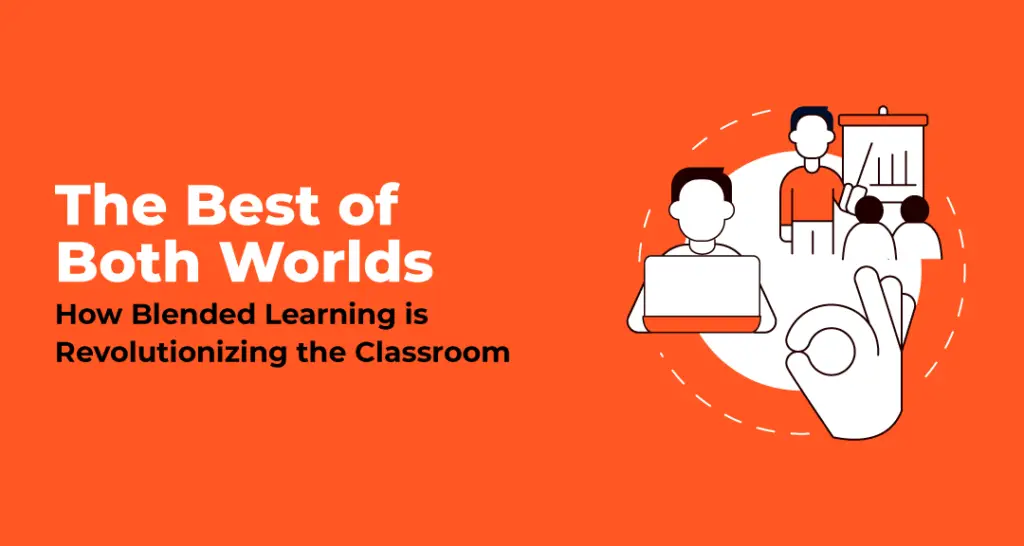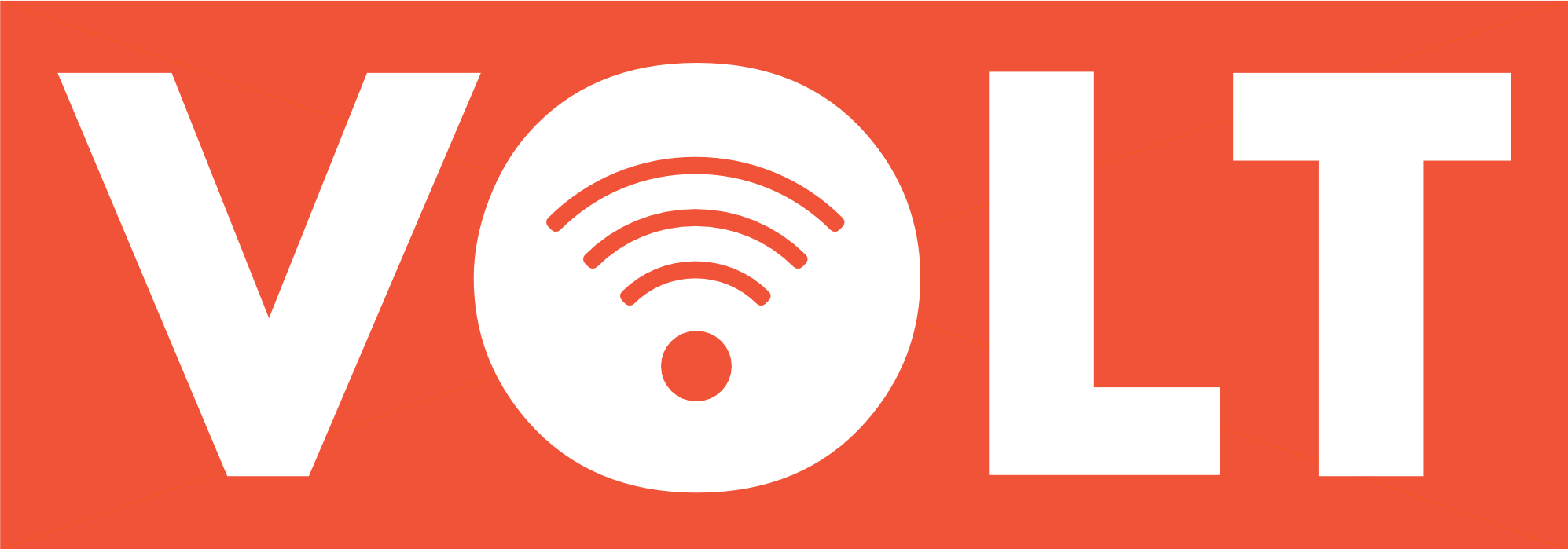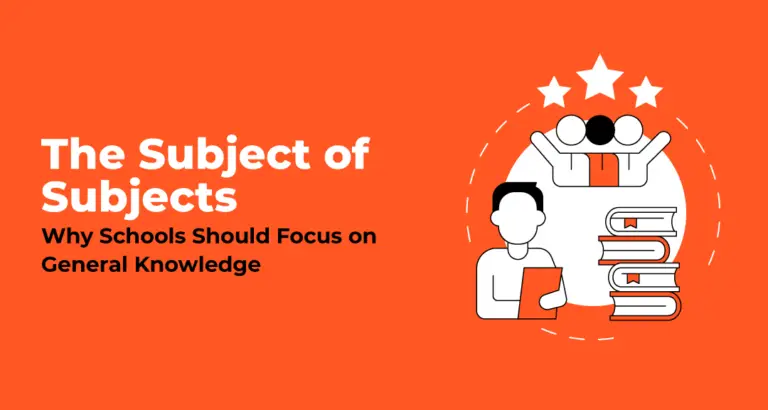The Best of Both Worlds: How Blended Learning is Revolutionizing the Classroom
- School Leaders
- July 11, 2024
- Viva VOLT

In a world where technology has seeped into every sphere of life, it is only natural that the way in which knowledge has traditionally been imparted has also changed. In the last decade, with the emergence of online study platforms and an ever-widening range of digital learning content, the world of education has steadily embraced digitization. However, this shift towards digitization has at times come at the cost of traditional learning methods, resulting in the loss of personal interactions between educators and learners.
Blended learning merges the flexibility and innovation presented by online learning with the possibility of human connections offered by face-to-face interactions in a physical classroom.
This is where blended learning comes into the picture. Blended learning merges the flexibility and innovation presented by online learning with the possibility of human connections offered by face-to-face interactions in a physical classroom. This model accommodates both offline and online learning, instead of simply substituting the old with the new.
Sometimes, there can be unevenness in the education system, with the sole focus being on finishing the curriculum as soon as possible. Blended learning challenges that approach by meeting the demands of the curriculum while also prioritizing the needs of both learners and educators. By offering multiple learning and teaching styles, blended learning gives students a space where they can learn at their own pace and in ways that make the learning process more enjoyable. Further, it also allows educators to rethink the ways in which curriculum can be designed, planned and delivered. This approach ensures that learning does not simply begin and end in the classroom, but continues beyond school hours, making teaching-learning a more collaborative exercise.
In turn, digital educational platforms further bridge the gap and ensure that the teaching-learning process is a fulfilling experience for everyone involved. There are hybrid courses available online that specifically cater to learners and educators. They are designed to promote an ecosystem where teacher satisfaction and student engagement are the definitive goals. These courses are personalized and tailored to match the requirements of teachers and students. Apart from these streamlined courses, there is a plethora of student-friendly tools at the disposal of students that can facilitate easy learning, such as:
- short videos on different subjects
- interactive animated content
- fun online worksheets and
- multiple-choice quizzes.
Along with the NEP-aligned content, teachers also have access to a variety of helpful features such as:
- user management dashboards
- detailed course planners
- interactive calendars and
- progress trackers.
All of this is available on one platform and can be accessed by a wide variety of users at the click of a button. Since there are constant demands on the time of both students and teachers alike, such platforms are all the more useful as they make it easier for the users to find the reading materials and thereby help them save time. The focus is on the all-round development of the learner, and on maximizing the potential of the learning space.
Blended learning also helps shift the focus from an overtly exam- and homework-oriented learning culture. Traditionally, the stress of periodic exams has often led to the practice of rote learning and cramming of facts. By making learning interactive and allowing students to self-test and track their progress in a less stressful manner, blended learning has the potential to change that approach. A study conducted by the American Center for digital education found that 73 % of schools that employed the blended learning instruction model observed a significant increase in student engagement. Students are now able to test their own proficiency and understanding in an imaginative and engaging manner instead of simply relying on textbook exercises and yearly exams. This helps in capturing their interest as well as in developing their cognitive and creative skills.
In today’s world, where students are digital natives and are exposed to the Internet very early in their lives, blended learning is the way forward.
In today’s world, where students are digital natives and are exposed to the Internet very early in their lives, blended learning is the way forward. While the concept of blended learning is not new, the last few years have certainly brought it into the spotlight. The recent Covid pandemic that resulted in mandatory closure of schools and universities forced a rather abrupt shift to the blended learning-teaching method all over the world. While that change was born out of necessity, it was nevertheless a useful reminder that blended learning is necessary in today’s world and has the potential to transform the education space.
Globally, blended learning has now become a vital part of school and college education. The findings of a recent study conducted by The Research Institute of America show that e-learning can help students increase their information retention rates by up to 60%. In India, the HP India Future of Learning Study 2022, conducted across thirteen major cities, found that a majority of people preferred the hybrid model, with 68 % students, 85 % teachers and 89% parents choosing the blended learning as a beneficial way of learning. The blended learning model is steadily gaining more popularity as it has proved itself to be a sustainable and efficient option. While this approach may have been in greater demand during the lockdown, it is likely to stay and play an increasingly useful role in the academic world.
It is time for blended learning to become the new normal in education. By breathing new life into the sphere of education, blended learning is continuously reshaping, revitalizing and expanding its boundaries. This holistic approach has the potential to revolutionize the world of education.
Blended learning is the future. The scope and possibilities that it offers are limitless, only if we are clever enough to harness this power to its full potential.
VOLT is a leader in blended learning that foresees a transformation in teaching-learning practices. Our approach is innovative and inclusive and syncs perfectly with the educators’ goals and the aspirations of the school management… know more



